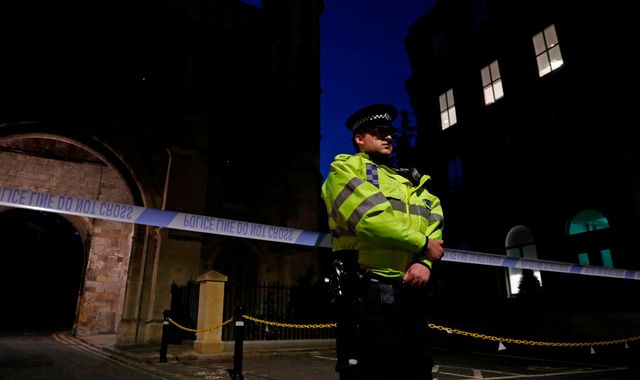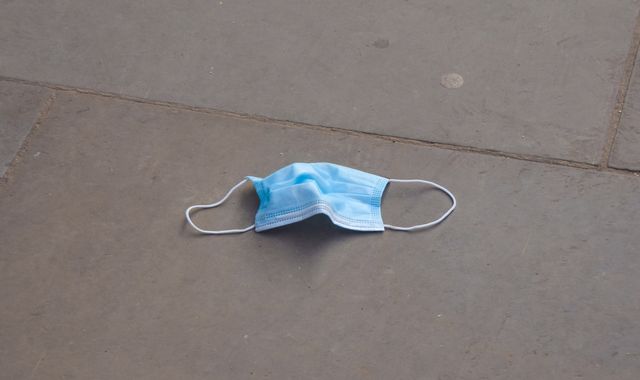Reading stabbings: The threat of terrorism has not diminished
Written by News on 22/06/2020
Senior counter terror police officers have warned repeatedly that the threat from terrorism has not diminished, despite the understandable focus of late on coronavirus.


Of deep concern was the possibility that during lockdown, vulnerable people stuck at home were more susceptible to online radicalisation from the many extremist sites still pumping out terrorist propaganda.
Authorities feared that as the lockdown was lifted and more people were once again venturing out in public, the potential for attacks would also increase.
The terror threat level was reduced to substantial in November 2019, but that still means a terror attack was likely.
The decision to lower the threat level was made by the Joint Terrorism Analysis Centre (JTAC).
For several years, it had stood at severe, meaning an attack was highly likely.
But the large-scale dismantling of the so-called Islamic State terror group and other intelligence received by JTAC brought about the assessment that the threat level could be lowered.
That didn’t mean of course that the risk had completely diminished, just that the tempo of terrorist activity had reduced from the picture in 2017, a year that saw five terrorist attacks in the UK in a single year.
Last year, terror returned to our streets with the deadly attack at Fishmongers Hall on London Bridge, which left two innocent people dead.
Usman Khan, 28, who was a former terrorist prisoner, had been attending an event aimed at rehabilitating offenders.
Just over two months later, Sudesh Amman, 20, was shot dead by armed police after he stabbed two people to death in Streatham, south London.
Like Usman Khan, Amman was another violent extremist, known to authorities.
He had served a prison term for terrorist offences and had just been released from jail a matter of weeks before he carried out the Streatham attack.
In fact, authorities were so concerned about his potential for harming others, they’d put him under 24-hour surveillance, and it was an armed surveillance team who shot him dead, just seconds after he began attacking members of the public.
The vast majority of those who’ve carried out terrorist attacks in recent years were known to police and security services.
This is not surprising, as attacks rarely happen in isolation. The perpetrators have usually been on a journey to extremism over some time, where most have crossed the radar of authorities.
The full background of Khairi Saadallah, the main suspect in the Reading attack, has still to be revealed, but early indications are that he did come to the attention of security services last year.
He was briefly assessed and deemed to be low risk and no formal investigation launched.
(c) Sky News 2020: Reading stabbings: The threat of terrorism has not diminished







